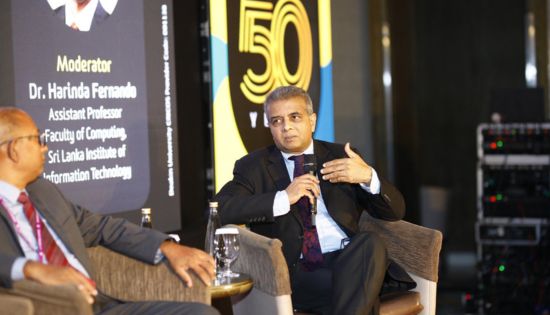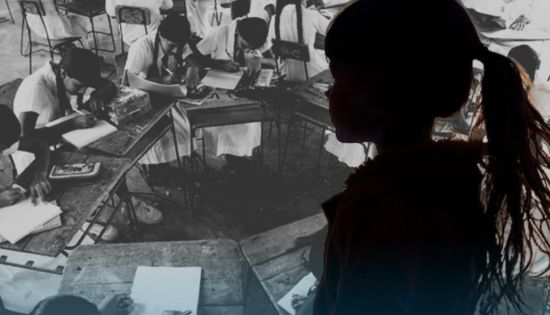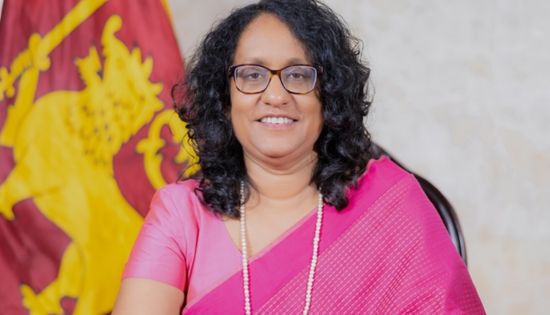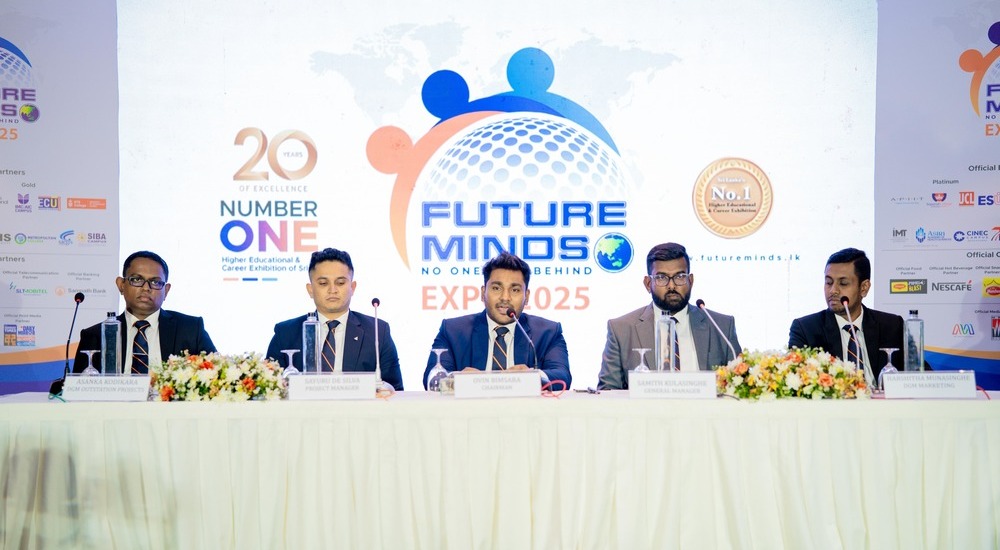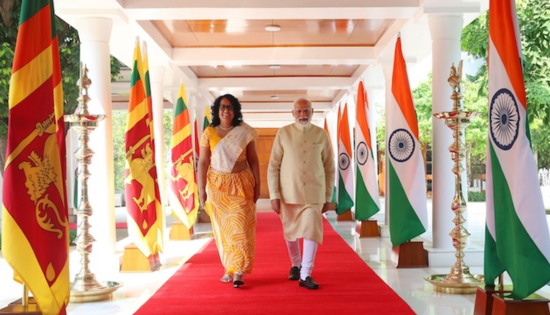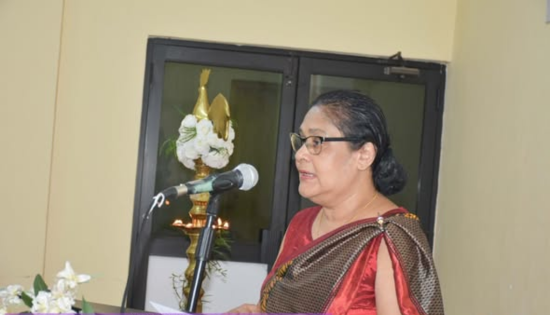India-Sri Lanka : Education as the new bridge of trust

By PM Heblikar
Sri Lankan Prime Minister Harini Amarasuriya’s visit to India in October 2025 may not have produced major announcements or financial deals, but it could well mark a quiet turning point.
By placing education and people-to-people learning at the heart of the conversation, both countries have added a new and thoughtful layer to their relationship — one built not on aid or defence, but on ideas, innovation, and shared growth.
A People-Centred Approach to Neighbourhood Policy
The visit fits naturally into India’s Neighbourhood 2.0 vision, which emphasises regional cooperation through shared knowledge and capacity-building rather than trade or connectivity projects. Prime Minister Amarasuriya’s stops — from IIT Delhi to Delhi’s model schools reflected Sri Lanka’s keen interest in India’s education reforms and its push toward digital learning and skill development.
A proposal for a “Delhi–Colombo Education Bridge” aims to promote teacher exchanges, curriculum design collaboration, and innovation hubs that can serve both sides. These initiatives may appear small, but they represent a larger shift towards sustained, people-driven engagement where ideas flow freely across the Palk Strait.
When Prime Minister Narendra Modi met his Sri Lankan counterpart, their discussions on curriculum reform, youth skilling, and higher-education linkages stood out for their quiet substance. India’s willingness to share its experience in education policy and teacher training reflects a confident, cooperative approach one that relies more on competence than competition.
Soft Power, but with Real Substance
For India, education cooperation has become a gentle yet effective form of influence. It helps position the country as a knowledge and innovation hub in South Asia, and it reinforces trust without the political baggage of big-ticket infrastructure or defence projects. For Sri Lanka, struggling to rebuild its institutions after years of economic strain, India’s education model offers both scale and familiarity.
Prime Minister Amarasuriya’s personal connection — as a graduate of Delhi University’s Hindu College — lent the visit a sense of continuity and warmth that politics alone could not produce. Her return to the campus was widely noticed in both capitals, turning an official trip into a moment of shared nostalgia and partnership.
Reception in Colombo: Warm but Watchful
Back home, Sri Lankan media gave the visit a generally positive reading. Newspapers saw it as a step towards modernising the island’s education system with Indian support. Images of Prime Minister Amarasuriya in IIT labs and Delhi’s model schools portrayed India as a collaborator, not a dominating power.
Still, some nationalist voices in Colombo expressed the usual caution about depending too heavily on India — a legacy of past political mistrust. Yet, because education is seen as a neutral and developmental area, criticism remained muted. Even sceptics acknowledged that cooperation in learning and research is less politically charged than other forms of engagement. In this sense, the visit achieved something subtle but important: it opened space for collaboration without triggering old insecurities.
No Big Breakthrough, But a Solid Start
By traditional diplomatic standards, there were no dramatic outcomes. But the two sides agreed to create a Joint Indo–Sri Lanka Mechanism that would:
- Review progress on education and training projects each year, and
- Expand the agenda to include non-traditional security areas — such as cyber awareness, climate adaptation, maritime safety, and disaster management.
If implemented, this mechanism could transform goodwill into regular institutional cooperation. It reflects a growing recognition that education today connects directly with resilience and security because the skills people learn shape how nations respond to crises.
IIT Madras: The Southern Anchor
While the Delhi leg drew attention, the more enduring impact may come from Chennai, where IIT Madras has become India’s main bridge to Sri Lankan academia.
- In 2023, it signed an MoU with the University of Colombo on joint teaching and research.
- In 2025, its Pravartak Technologies Foundation partnered with the University of Kelaniya to strengthen entrepreneurship.
- Talks are underway to establish an IIT campus in Kandy, which could become the first Indian technical university abroad — a quiet milestone for India’s global education outreach.
These connections make IIT Madras the southern pillar of India’s academic diplomacy. They show how India can project influence through knowledge-sharing rather than political leverage, offering partnerships that are mutually beneficial and low on friction.
Bangalore: The Innovation Crossroads
Any discussion of regional education and innovation would be incomplete without Bangalore. As India’s technology capital, it is a natural extension of the India–Sri Lanka education corridor. Its institutions — from IISc to NLSIU, private universities and think-tanks, and a network of start-up incubators — are ideal partners for Sri Lankan universities in fields like AI ethics, biotechnology, sustainable cities, and climate innovation.
A proposed Bangalore–Colombo Innovation Track could connect Sri Lankan start-ups and researchers with Bengaluru’s strong ecosystem of investors, R&D labs, and tech entrepreneurs. It would give Sri Lankan students exposure to one of Asia’s most dynamic knowledge hubs, while offering Indian institutions a chance to co-develop regional solutions. In effect, Bangalore could become the operational heart of this new education partnership — complementing Delhi’s diplomacy and Chennai’s academic leadership, forming a triangle of innovation across the Palk Strait.
How India Benefits Too
It’s easy to see what Sri Lanka gains from India, but the partnership benefits both sides. Indian institutions also stand to learn from Sri Lanka’s experience, particularly in public health and community education.
- Learning from Sri Lanka’s Public-Health Model: Sri Lanka’s healthcare system, known for its efficiency and reach, offers lessons for India’s medical schools and public-health planners. Despite limited resources, Sri Lanka maintains high literacy and low infant mortality. Indian institutions like AIIMS or JIPMER or private universities could learn from its focus on preventive care and local health delivery.
- Integrating Medicine with Community Care Sri Lankan medical training includes early fieldwork and primary-care rotations. Adapting this model in India could help bridge the gap between hospitals and communities, producing doctors more attuned to preventive medicine.
- Research in Traditional Medicine Both countries share deep traditions of Ayurveda and Siddha. Collaborative research between India’s AYUSH universities and Sri Lanka’s Faculty of Indigenous Medicine can bring evidence-based recognition to traditional practices while nurturing a shared South Asian identity in wellness.
- Joint Health-Research Platforms From dengue to diabetes, both countries face similar health challenges. Joint epidemiological studies and shared health-data systems could improve tracking and response. Sri Lanka’s early digital health records can also inform India’s digital health initiatives.
- Broader Education Insights Sri Lanka’s literacy and teacher-training systems offer useful examples for India, while India’s digital education models could help Sri Lanka scale its own outreach. The relationship, therefore, becomes a genuine exchange of strengths.
Building Shared Innovation Ecosystems
Joint projects such as the collaboration between SLASSCOM (Sri Lanka’s IT chamber) and IIT Madras’s Pravartak Foundation show how education ties can evolve into innovation networks. Start-up accelerators and hackathons now connect young innovators from both countries.
For Indian entrepreneurs, Sri Lanka serves as a manageable, English-speaking test market for new tech ideas; for Sri Lankans, India provides mentorship and access to venture capital. Together, they are shaping a soft corridor of innovation across the Bay of Bengal.
From Bilateralism to Regionalism
Education cooperation between India and Sri Lanka can also serve as a model for wider South Asian collaboration. With SAARC stagnant and BIMSTEC still seeking momentum, practical, bilateral models can pave the way.
A Bay of Bengal Education and Innovation Forum, jointly led by India and Sri Lanka, could connect universities across Dhaka, Yangon, and beyond — blending India’s institutional depth with Sri Lanka’s literacy and outreach.
Linking Education and Non-Traditional Security
Expanding the education partnership into non-traditional security areas gives it added depth. Universities and think tanks can become hubs for studies on cyber awareness, climate change, maritime law, and disaster preparedness.
A joint mechanism could:
- Run annual training programs on cyber and maritime governance.
- Fund studies on climate-resilient education infrastructure.
- Develop shared disaster-preparedness courses for students in coastal regions.
Such initiatives would move India–Sri Lanka cooperation from goodwill to practical impact — knowledge as the new form of security collaboration.
Education as the Real Strategic Depth
The real message of Prime Minister Amarasuriya’s visit lies beyond meetings and MoUs. It reflects a new understanding that power today comes from educated, skilled, and connected societies, not just from military or economic strength.
India and Sri Lanka, with their shared history and geography, are beginning to rediscover that their futures are intertwined through learning and innovation. This represents a more confident and cooperative South Asia — one that builds security through shared competence and mutual respect.
Conclusion: Towards a knowledge Strait
The visit may not dominate headlines, but it has quietly reset the tone of India–Sri Lanka ties. By focusing on education, research, and youth, both countries are investing in the most reliable form of trust — the trust of shared growth. If the proposed Joint Annual Review Mechanism takes shape, and if non-traditional areas are added over time, the partnership could turn the Palk Strait into a true Knowledge Strait — where students, researchers, and start-ups move as freely as goods and tourists once did.
The measure of success will not be in the number of MoUs signed, but in the generation of Indians and Sri Lankans who see one another not through rivalry or sentiment, but through shared purpose and learning. (vfindia.org)
The writer is a Retired Special Secretary, Government of India and specializes in insurgency and counter-insurgency developments in India’s northeast region and neighbourhood.
Related News
India-Sri Lanka : Education as the new bridge of trust
By PM Heblikar Sri Lankan Prime Minister Harini Amarasuriya’s visit to India in October 2025 may not have produced major announcements or…
Read MoreCIPM Sri Lanka Strengthens Regional Ties at NATCON 2025
A delegation from CIPM Sri Lanka took part in the 41st Annual National Conference organized by the National Institute of Personnel Management…
Read MoreMA Education with Early Childhood (UK) – AIC Campus
The curriculum of this program is carefully crafted to support students' concurrent growth in knowledge and abilities while also giving them chances…
Read MorePlant House Maintenance Workshop at Horizon Campus
Horizon Campus successfully concluded the Plant House Maintenance Workshop yesterday (11). The workshop was conducted by Mr. Shantha Perera who unfolded the…
Read MoreInauguration Ceremony of Certificate Programs – Faculty of Indigenous Medicine
The inauguration of the third intake of the Certificate in Herbal Cosmetic Product Development, the second intake of the Certificate Course in…
Read MoreCourses
-

National Diploma in Teaching course : Notice
A Gazette notice has been released recently, concerning the enrollment of aspiring teachers into National Colleges of Education for the three-year pre-service… -
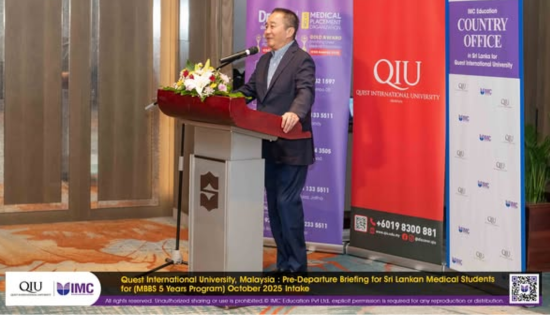
IMC Education Features Largest Student Recruitment for QIU’s October 2025 Intake
Quest International University (QIU), Malaysia recently hosted a pre-departure briefing and high tea at the Shangri-La Hotel in Colombo for its incoming… -

Global University Employability Ranking according to Times Higher Education
Attending college or university offers more than just career preparation, though selecting the right school and program can significantly enhance your job… -
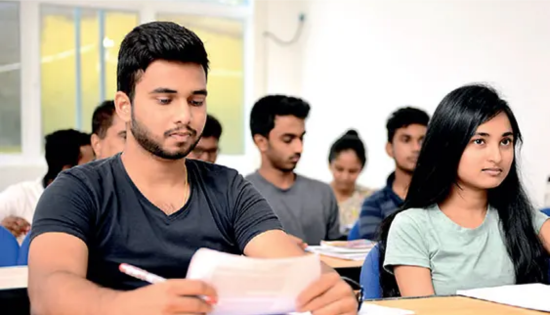
Shape Your Future with a BSc in Business Management (HRM) at Horizon Campus
Human Resource Management is more than a career. It’s about growing people, building organizational culture, and leading with purpose. Every impactful journey… -

Diploma in Occupational Safety & Health (DOSH) – CIPM
The Chartered Institute of Personnel Management (CIPM) is proud to announce the launch of its Diploma in Occupational Safety & Health (DOSH),… -
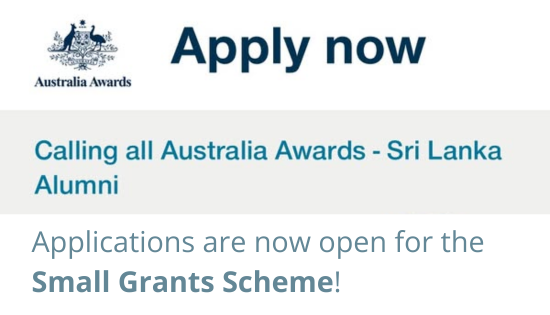
Small Grant Scheme for Australia Awards Alumni Sri Lanka
Australia Awards alumni are warmly invited to apply for a grant up to AUD 5,000 to support an innovative project that aim… -

MBA in Project Management & Artificial Intelligence – Oxford College of Business
In an era defined by rapid technological change, organizations increasingly demand leaders who not only understand traditional project management, but can also… -

PIM Launches Special Programme for Newly Promoted SriLankan Airlines Managers
The Postgraduate Institute of Management (PIM) has launched a dedicated Newly Promoted Manager Programme designed to strengthen the leadership and management capabilities… -

IMC – Bachelor of Psychology
IMC Education Overview IMC Campus in partnership with Lincoln University College (LUC) Malaysia offers Bachelor of Psychology Degree right here in Sri… -

ANC – BA (Hons) International Business Management (Top-Up)
ANC Education Overview Designed in partnership with public and private business organizations, this program develops one’s ability to critically evaluate business models… -
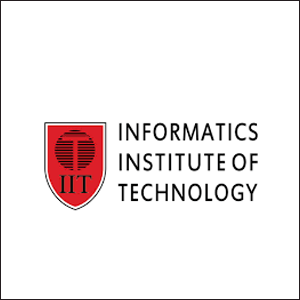
IIT – BSc (Hons) Computer Science
IIT Campus Overview BSc (Hons) Computer Science provides a solid foundation and training regarding the fundamentals of the computer science field, along… -

APIIT – BSc (Hons) Cyber Security
APIIT Sri Lanka Overview Our BSc (Hons) Cyber Security award is designed to launch your future career in the protection of software… -

ICBS – BSC (Hons) Business Management with Marketing Management
ICBS Overview The BSc (Hons) Business Management with Marketing program, awarded by Queen Margaret University (QMU), is a highly regarded degree that… -
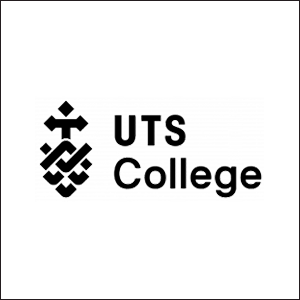
UTS – Diploma of Science
UTS College Sri Lanka Overview The Diploma of Science is designed to empower you to apply scientific thinking and analysis to important… -

CSA – Master of Architecture and Environmental Design
City School of Architecture Overview The Master of Architecture and Environmental Design Degree at CSA is awarded by the University of the…
Newswire
-

Daisy Achchi’s Manik malla : “She has dementia” court told
ON: November 12, 2025 -
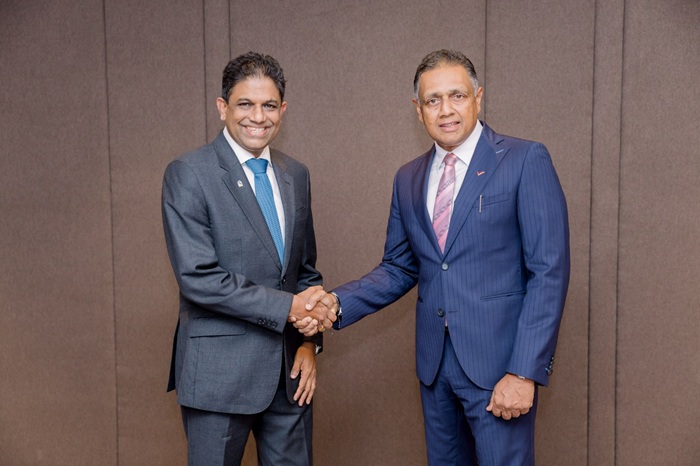
DFCC acquiring SCB SL retail banking : Official announcement
ON: November 12, 2025 -

Lightning advisory : Red alert issued to 08 districts
ON: November 12, 2025 -
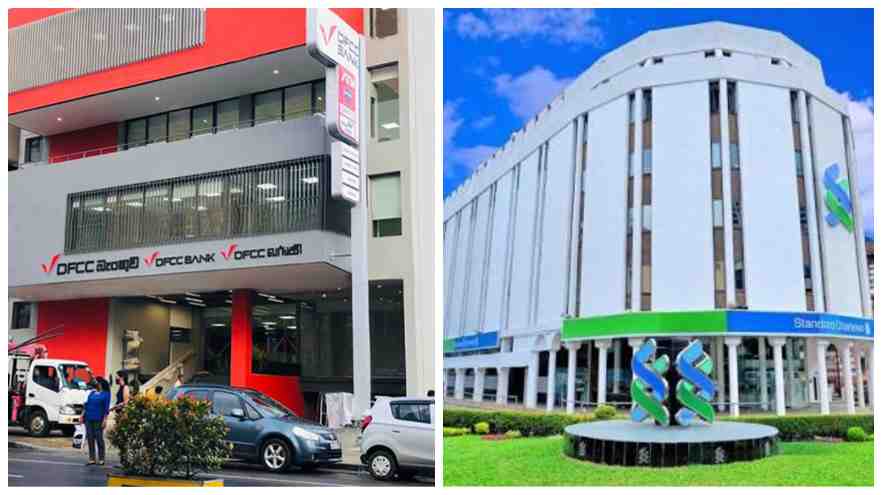
DFCC to acquire Standard Chartered’s retail banking in Sri Lanka for Rs 3.7 billion
ON: November 12, 2025 -
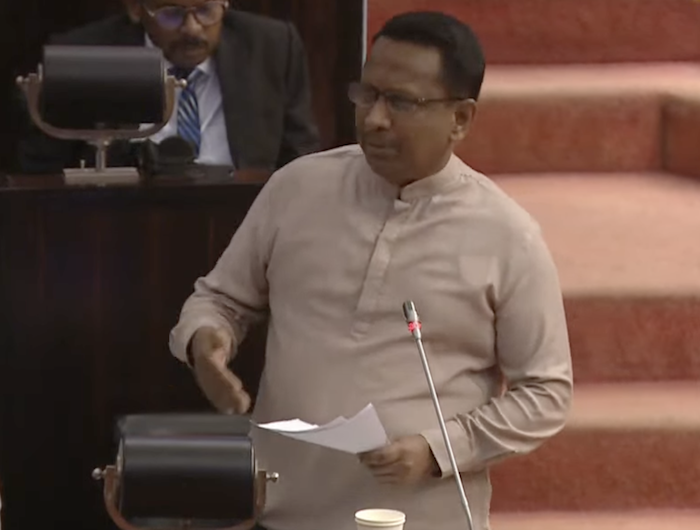
Minister reveals list of politicians who allegedly took World Bank loan funds
ON: November 12, 2025

